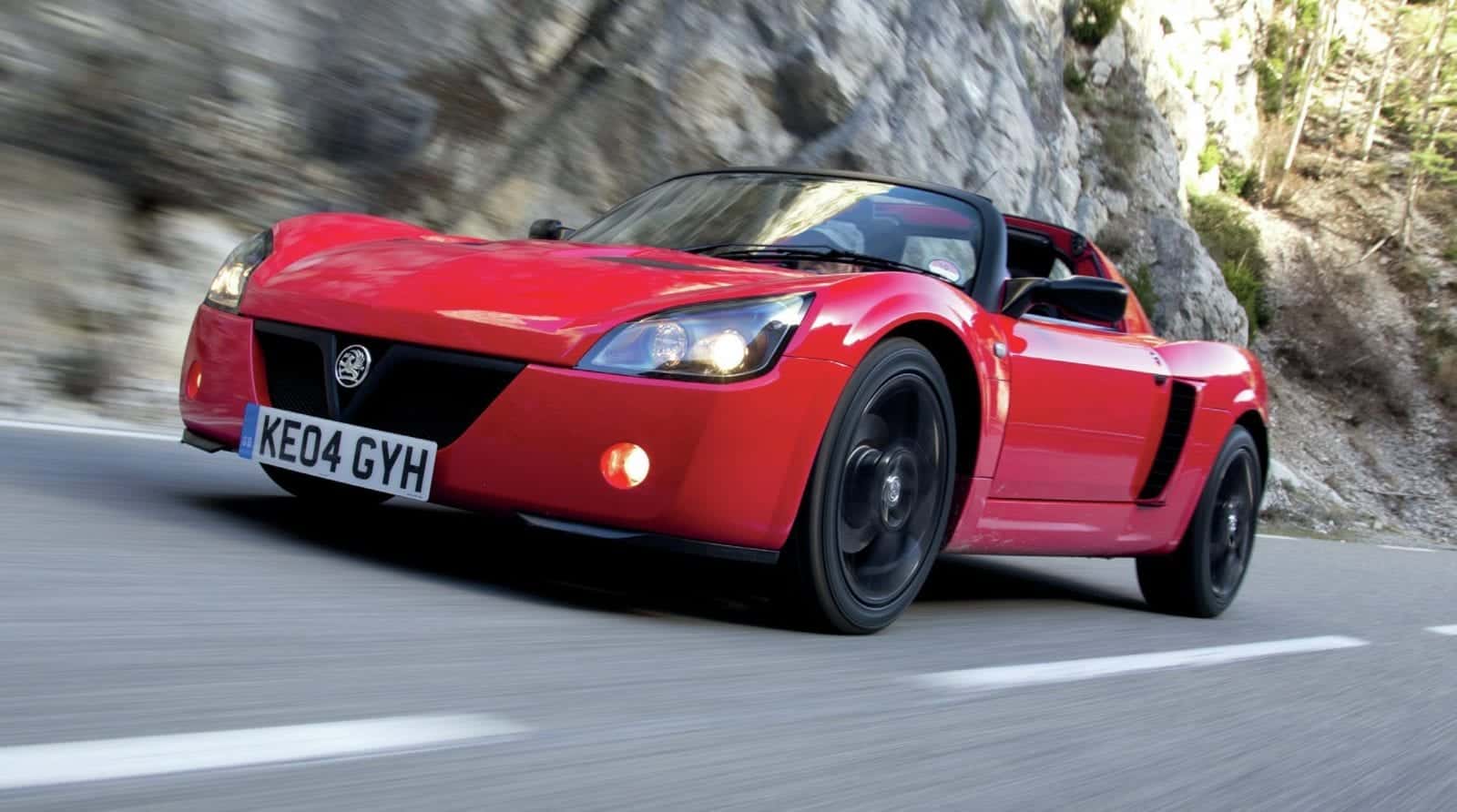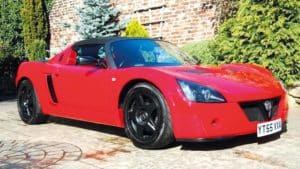Vauxhall VX220: road car buying guide
Ignore the badge, this is a Lotus-tuned modern classic that’s appreciating, if you find the right version, says Robert Ladbrook

An interesting model this. On the one hand, a Vauxhall shouldn’t really hold much space on these pages. Yet on the other, this isn’t totally a Vauxhall, it’s more than a bit Lotus. And we like Lotus, so let’s go with it.
In truth, the VX220 (or Opel Speedster, if you were in Europe) was something of a disaster in its day. Vauxhall only built around 7200 during a five-year production run, making them a rare sight, and sales figures were never sensational – after all, if you were after a sporty little number in the early 2000s, Vauxhall was perhaps one of the last places you’d be headed.
But while those were distinct downsides in their day, they have helped the VX220 become a bit of an overlooked classic in its own right, and values of the model have started to reflect as much.
Oddly, the little two-seater was only ever made through a marriage of convenience between General Motors and Lotus. Changes in the European crash safety regulations towards the end of the 1990s meant that Lotus was unable to continue to produce the original Elise and needed to start work on an updated model, but didn’t have the cash to create one. So Lotus reached out to GM for a potential investment, which GM granted, but only on the condition that Lotus also designed and built GM a sports car of its own, to market as a Vauxhall/Opel.
The first VX220/Speedster was shown off at the 1999 Geneva Motor Show, around the same time Lotus’s new Elise broke cover. But there were some key differences between the two. While the VX220 was based on Lotus’s new lightweight aluminium Series 2 Elise platform, GM – as a major manufacturer – toned down the sportiness a bit. It insisted on a longer wheelbase and wider rear track than the Elise, plus extra safety features like ABS and driver’s airbag. The result was the VX220 weighed 875kg – about 130kg more than the Elise – and would be powered by GM’s 2.2-litre lump out of an Astra, rather than the 1.8 Toyota unit Lotus chose.
Still, when production began the VX220 was built alongside the new Elise at Lotus HQ in Hethel. And while the two shared a chassis and more than a passing resemblance, the official line is they only shared 141 parts – about 10% of the total componentry.
Regardless, critics loved this change of pace from Vauxhall, and the VX220 netted a handful of top drivers’ car awards, yet hardly sold. Only 450 shifted in the first year.
Vauxhall responded by slapping ‘Turbo’ badges on it and fitting a 2-litre forced injection unit instead, which hiked weight again, and did perk sales up a tad. But it’s the final flourish of the VXR220 (standing for Vauxhall Racing) from 2004 that you’ll want. Lightened, with larger brakes and a 220bhp turbocharged engine that could propel it to 62mph in just 4.2sec, this was the performance car the VX220 was always meant to be. Only 60 were built, and around 45 are still out there.
 One for sale
One for sale
2005 VXR220
Chassis no52. It has been tuned (360bhp!) but is in great condition with just 46k miles.
£25,000
Vauxhall VXR220
Price new £22,000
Price now £20,000-£30,000
Engine 2-litre, 4-cylinder turbo
Rivals Lotus Elise (shock!), Caterham Seven, Porsche Boxster
Verdict A distinct change from the norm, and only badge snobbery really stopped it from being a success.
 One for sale
One for sale